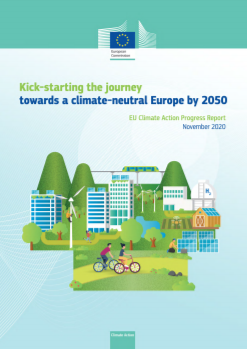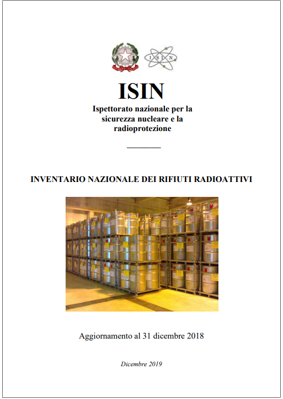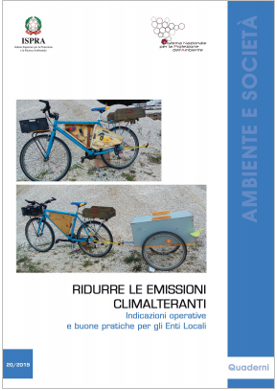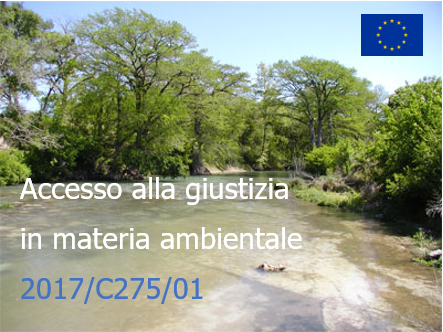
EU Climate Action Progress Report 2020
EC, Novermber 2020
In 2019, greenhouse gas (GHG) emissions decreased by 3.7% while the EU economy continued to grow In 2019, EU-27i greenhouse gas emissions (including international aviation) were down by 24% from 1990 levels, according to the approximated GHG inventoryii. Including emissions and removals from land use, land use change and forestry this results in a net emission reduction of 25%iii.The EU thus remains well on track to achieve its target under the UN Framework Convention on Climate Change of reducing GHG emissions by 20% by 2020iv. Emissions in 2019 fell by 3.7% compared to 2018. EU GHG emissions therefore reached their lowest level since 1990. Between 1990 and 2019, the EU’s combined GDP grew by about 60%. The GHG emission intensity of the economy, defined as the ratio between emissions and GDPv fell to 282 g CO2 eq/€2015, which is less than half of the 1990 level.

Fig. 1 - Total EU 27 GHG emissions (including international aviation) and removals 1990-2019, current 2030 Target and proposed step-up, projected emissions 2020 – 2050 with existing (‘baseline’) and with additional measures necessary to achieve climate neutrality (‘net zero’) by 2050(vi)
The COVID-19 crisis is expected to lead to an unprecedented fall in emissions in 2020. The IEAvii estimates a drop of 8% in 2020 for global CO2 emissions. The carbon monitor, run by an international research consortium, estimates that EU-27 emissions in the first half of the year 2020 have dropped by 11% compared to the same period of the previous yearviii. However, as experienced in the past, a swift economic recovery may lead to a strong and rapid rebound in emissions, unless policy gears stimulus measures toward the green transition. First reliable data on the impacts of COVID-19 on EU emissions will be available in next year’s report.
Even before the pandemic, emissions from stationary installations in all countries covered by the EU emissions trading system (EU ETS), fell strongly by 9.1% from 2018 to 2019. Emissions not covered by the ETS (such as emissions from non-ETS industry, transport, buildings, agriculture and waste) remained unchanged from 2018 to 2019. The year before these had seen a slight drop, however, overall, emissions from this aggregate of economic sectors have been stable for several years. According to preliminary accounting under the Kyoto Protocol, decreasing net credits from land use, land use change and forestry (LULUCF) between 2013 and 2017 stabilized in 2018.
CO2 emissions from international aviation continued to increase in 2019, rising by 3% compared to the previous year, continuing the increasing trend. Aviation emissions are covered by the ETS, but for the moment only for flights within the European Economic Area (EEA). Regarding emissions from extra-EEA international aviation, i.e. both from incoming flights from and outbound to non-EEA countries, are currently not priced under the EU ETS, in accordance with the ‘stop the clock’ provision in the Directive. This was intended to provide momentum for a global market-based mechanism, the Carbon Offsetting and Reduction Scheme for international aviation (CORSIA). Aviation's overall impact on the global climate, including through non-CO2 emissions or effects, is considerably higher than the CO2 component alone. It has been estimated that the non-CO2 radiative forcing effects were 2-4 times those of CO2 , which gives a range of 136-272 million tonnes CO2 -equivalent for aviation’s total impacts from intra-EEA activitiesix. This range results from the varying degrees of uncertainty that still prevail as to the exact magnitude of the various non-CO2 effects and trade-offs between them.
...
add more in attachment
Allegati
|
Descrizione |
Lingua |
Dimensioni |
Downloads |
 |
|
EN |
5898 kB |
3 |




































